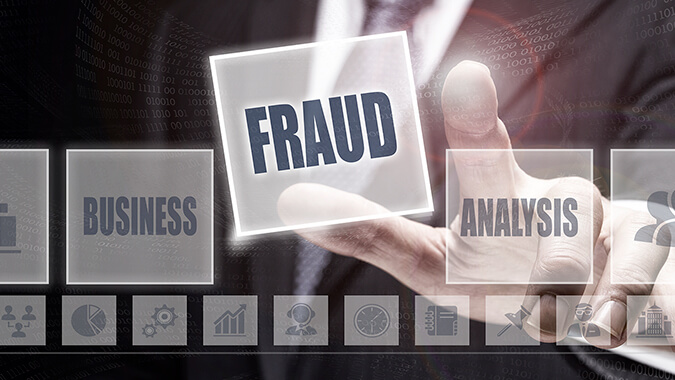
Using SOFA and SOAL to Prevent Bankruptcy Fraud
- Published
- Nov 12, 2021
- Share
Fraud in Bankruptcy
The bankruptcy process has evolved over the years to try and limit fraud. Bankruptcy can be a valuable process for individuals or business that are burdened by overwhelming debt. The process gives bankrupt individuals and businesses, also known as the debtor, the opportunity to develop a plan to pay back creditors. The process is extremely valuable to struggling individuals and companies as it gives them the opportunity to start fresh after emerging from bankruptcy. However, over the years, people and companies have taken advantage of the bankruptcy process regardless of their solvency. Two of the most common ways companies or individuals try to defraud the system is to conceal or transfer assets.
Concealment of Assets
The concealment of assets is the most common form of bankruptcy fraud that occurs in the U.S. Debtors will often fail to declare assets that they own. When filing for bankruptcy, the bankruptcy court requires that a debtor provide a detailed listing of all cash, property and assets. This listing of assets is important to determine whether a debtor is insolvent. Debtors will use the bankruptcy court as a forum to gain leverage to renegotiate leases, loans or other debt obligations. However, if a company has more assets than liabilities, it is not allowed to use the court to file bankruptcy. It must find other ways to negotiate with its creditors. Concealing assets from the court could help a debtor prove insolvency by showing less assets in value than liabilities.
Schedule of Assets and Liabilities (“SOAL”)
The SOAL provides the itemized value of all the debtor’s assets and liabilities as of the day the company files for bankruptcy (“petition date”). The bankruptcy court, U.S. Trustee and creditors will focus on the details provided in Schedule A/B. Schedule A/B details all assets and potential sources of value of the bankrupt company. This bankruptcy court document consists of more than 80 questions to help prevent companies from committing fraud. The detailed questions cover assets of all types, from cash and receivables to collectibles and other extravagant assets. Failure to leave specific assets off the SOAL is considered concealing assets from the bankruptcy court. If an individual or company intentionally omits assets from the SOAL, then the debtor could face serious repercussions including fines or imprisonment.
Fraudulent Transfers
When an individual or business is unable to repay its debts, they can seek relief from these obligations by filing for bankruptcy. As mentioned above, the bankruptcy process allows individuals and businesses to hit the “refresh button” when they can no longer pay their debts. If a person or company is contemplating bankruptcy, they can make certain financial decisions to hide cash and other assets from the bankruptcy court. If the person or company ends up filing for bankruptcy, then the transfer of cash and assets from the debtor to a different non-debtor person or company is considered a fraudulent transfer and could be subject to a clawback or undoing of a transfer. All recent transfers and bank transactions need to be provided to the court by the debtor through a second bankruptcy form.
Statement of Financial Affairs (“SOFA”)
The SOFA is a bankruptcy form that focuses on the financial situation that caused the debtor to become insolvent. The court, trustee, creditors and debtor’s advisors will use the SOFA to look more closely at the debtor’s business and financial situation. The questions on this form look at all payments made within the last 90 days to ensure there was no preferential treatment or payments made outside of the ordinary course. In addition, the debtor is required to provide details of payments to insiders for at least one year prior to the bankruptcy petition date. The court, trustee and creditors will examine this activity to ensure that transfers were not made by the company to conceal assets or deplete cash. Ultimately, SOFAs are intended to highlight any potential fraudulent transfers or transferring property with the intent of defrauding creditors as well as make sure there was no wrongdoing by the debtor.
Both the SOFA and the SOAL are detailed questionnaires that each debtor must complete to provide full transparency of the debtor’s assets, debts and financial situation.
Contact EisnerAmper
If you have any questions, we'd like to hear from you.
Receive the latest business insights, analysis, and perspectives from EisnerAmper professionals.











